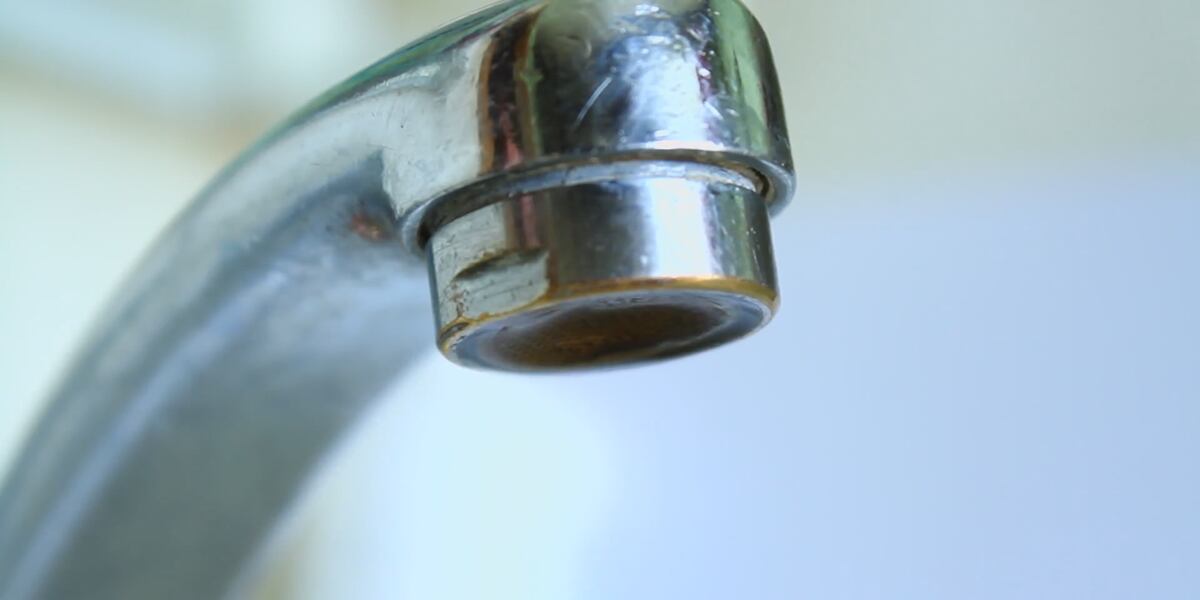ANCHORAGE, Alaska (KTUU) – There’s been zero indication of having to replace potential lead water pipes throughout Alaska’s roughly 600 public water systems as the state works to inventory its infrastructure, according to recent reports submitted this week.
Water service lines connect underground water mains to buildings to supply water, as well as in some cases fire protection systems, and is the property of the water utility.
The inventory reports are submitted to Alaska’s Department of Environmental Conservation Drinking Water Program, and while reviews for completeness and regulation compliance are still underway, the overall findings appear to be consistent with inventory reports dating back all the way to 1993.
Cindy Christian is the program manager for the drinking water program in Alaska. She said reports have been submitted for 550 of the approximate 610 water systems required to do a lead service line inventory. That’s a 90% rate compared to the 30% rate she said most other states are currently sitting at.
“Our public water systems did a really great job in getting this information to us,” Christian said. “We’re very lucky we don’t have lead service lines that we found in the state … people are not exposed to the high levels of lead that can be present when you have a lead service line, so that’s good.”
Unlike most older cities throughout the country, Alaska’s infrastructure is still fairly new. Compared to regions on the East Coast or in the Midwest that have relied on lead pipe service lines for centuries, Alaska has turned to more modern alternatives such as copper or even plastic piping alternatives that offer a lower lead leaching potential.
The reports follow on the heels of a recent announcement this month from President Joe Biden who set a 10-year deadline for cities across the nation to replace lead pipes.
In May, the U.S. Environmental Protection Agency announced $28,650,000 from Biden’s Investing in America agenda to assist Alaska in conducting those lead service line inventory reports, however, as Christian explained, only roughly $5 million of that was utilized by the state.
“We didn‘t accept all of the money because we knew there wasn’t a lead service line problem here in the state,” Christian said.
She said the money the state did not accept was returned to the EPA.
“It’s reallocated to states that do, in fact, have a large number of lead service lines,” she said.
As for how that $5 million is spent, Christian said there are a number of ways in which service line inventories can be conducted.
While most reports consist of DEC record searches into engineering plans for when systems were installed, sometimes there are lines that were installed prior to records being kept, which then calls for systems to be dug up for a line inspection.
She said the service lines in Alaska’s ground were installed throughout the entire history of the state.
“We have some older systems like down in Southeast and maybe in parts of Anchorage, and some of the old military bases that were installed back in the early parts of the 20th century … There’s a lot of development in certain areas like in the Mat-Su where we have public water systems that are actually being installed right now,” Christian said.
To learn more about potential lead exposure or request lead testing kits, visit the Alaska Department of Health’s Lead Surveillance Program (alaska.gov).
Copyright 2024 KTUU. All rights reserved.

